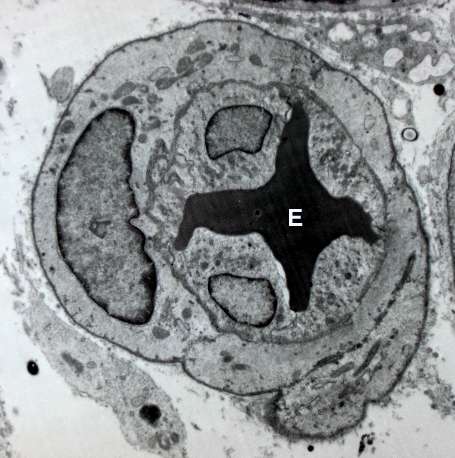Targeting dangerous inflammation inside artery plaque

A research team showed that a nanotherapeutic medicine can halt the growth of artery plaque cells resulting in the fast reduction of the inflammation that may cause a heart attack, according to a study led by researchers from Icahn School of Medicine at Mount Sinai and published April 3 in Science Advances.
"In just one week our novel cell proliferation-specific approach successfully suppressed atherosclerotic plaque growth and inflammation in mice engineered to mimic human vascular disease," says lead study author Jun Tang, MS, a PhD student at Icahn School of Medicine at Mount Sinai. "Atherosclerosis is a major cause of death around the globe, and our nanomedicine strategy promises to offer a new way to reduce the number of heart attacks and strokes."
Building upon a recent discovery by their Massachusetts General Hospital research collaborators that macrophage proliferation dictates atherosclerosis-related vessel wall inflammation, the Mount Sinai research team applied a nanomedicine strategy with a molecule of "good cholesterol," or high-density lipoprotein (HDL), a naturally occurring shuttle that travels from the liver to arteries. The research team took advantage of HDL's natural travel routes, loading it with the widely-used cholesterol-lowering medication called simvastatin (Zocor), which it shuttles into arterial walls.
The simvastatin-loaded nanoparticles, named S-HDL, work by targeting inflamed immune cells called macrophages within high-risk arterial plaques. These macrophages become laden with cholesterol and start proliferating in plaques, thereby increasing inflammation. This lipid-driven inflammatory process drives atherosclerotic plaque buildup and rupture leading to a heart attack or stroke.
Since patients hospitalized after heart attack or stroke have a high recurrence rate of up to 20 percent within three years, the researchers also tested the possible benefits of adding an eight-week regimen of oral statins after the one-week S-HDL nanotherapy. Mice study results showed superior long-term therapeutic benefits of a combined total nine-week S-HDL and oral statins regimen, by first rapidly reducing plaque inflammation and then continuously keeping it suppressed.
"We envision our S-HDL nanomedicine therapy could be translated quickly to human clinical trials as a short-term infusion therapy for heart attack and stroke patients to rapidly suppress plaque inflammation, which can be sustained using current standard of care oral statin medication," says Zahi Fayad, PhD, Professor of Radiology and Director of the Translational and Molecular Imaging Institute at Icahn School of Medicine at Mount Sinai.
"Nanotherapeutically inhibiting local macrophage proliferation is possible and we can effectively apply it to treat inflammation inside arteries. Collectively, our results demonstrate that the two-step regimen not only reduces macrophage accumulation but also reduces the expression of key genes linked to inflammation in this cell type," says senior study author Willem Mulder, PhD, Associate Professor of Radiology in the Translational and Molecular Imaging Institute at the Icahn School of Medicine at Mount Sinai.
Researchers look forward to translating their promising mice study findings to larger animal models and human clinical trials in the near future.
More information: Inhibiting macrophage proliferation suppresses atherosclerotic plaque inflammation, Science Advances, advances.sciencemag.org/content/1/3/e1400223















